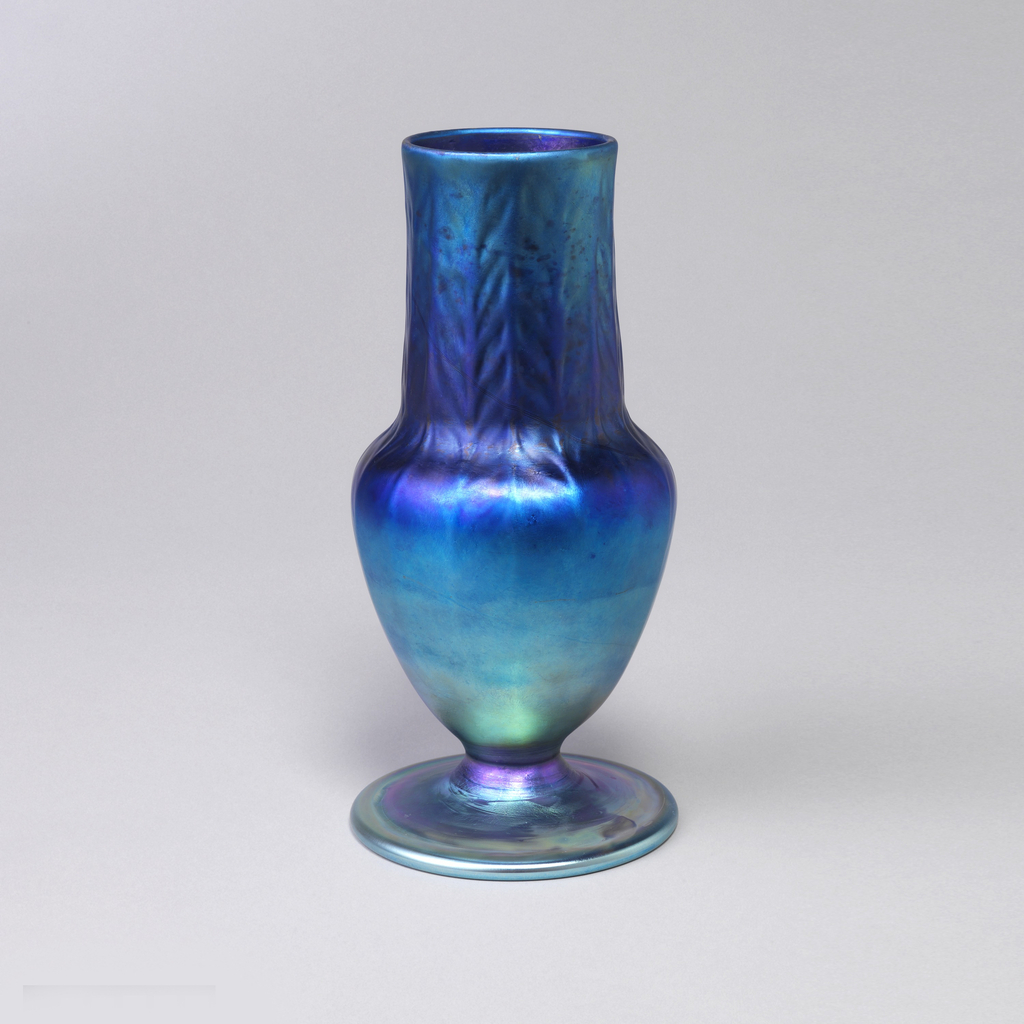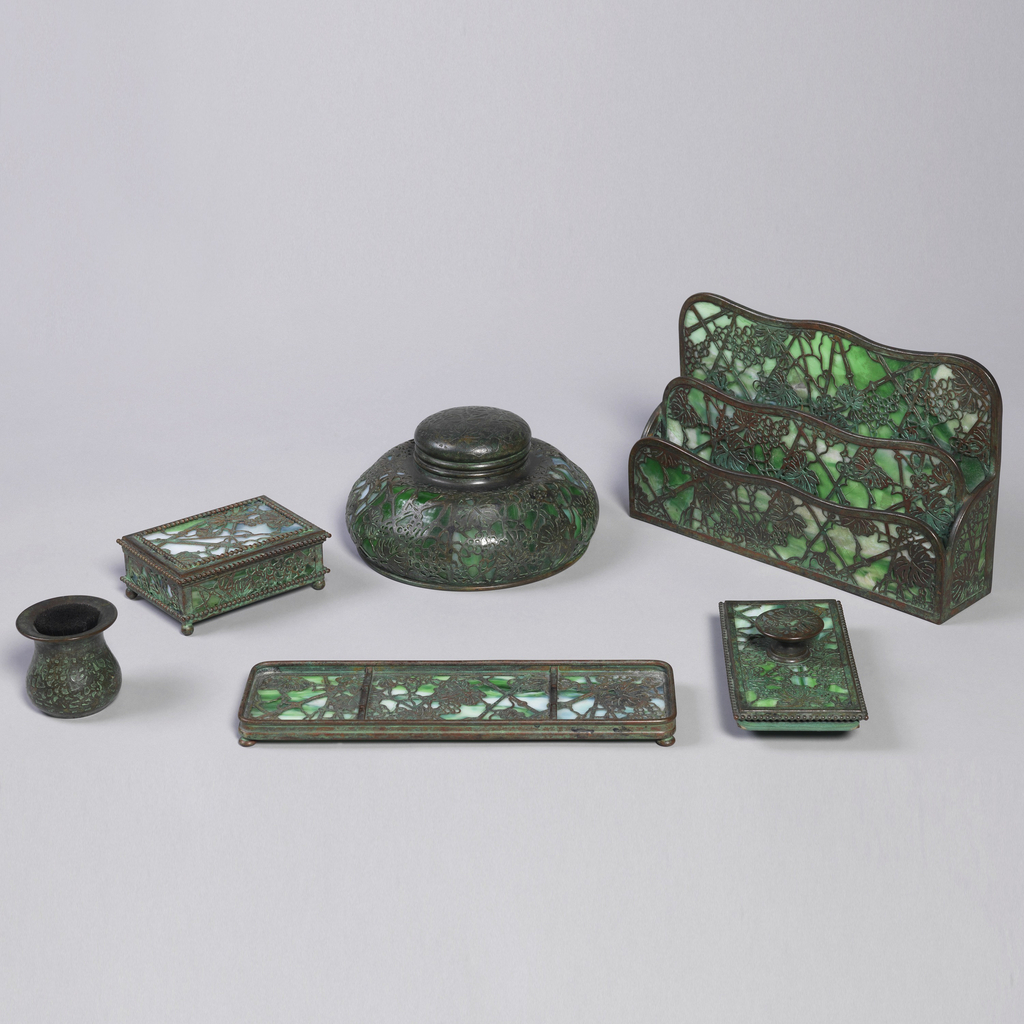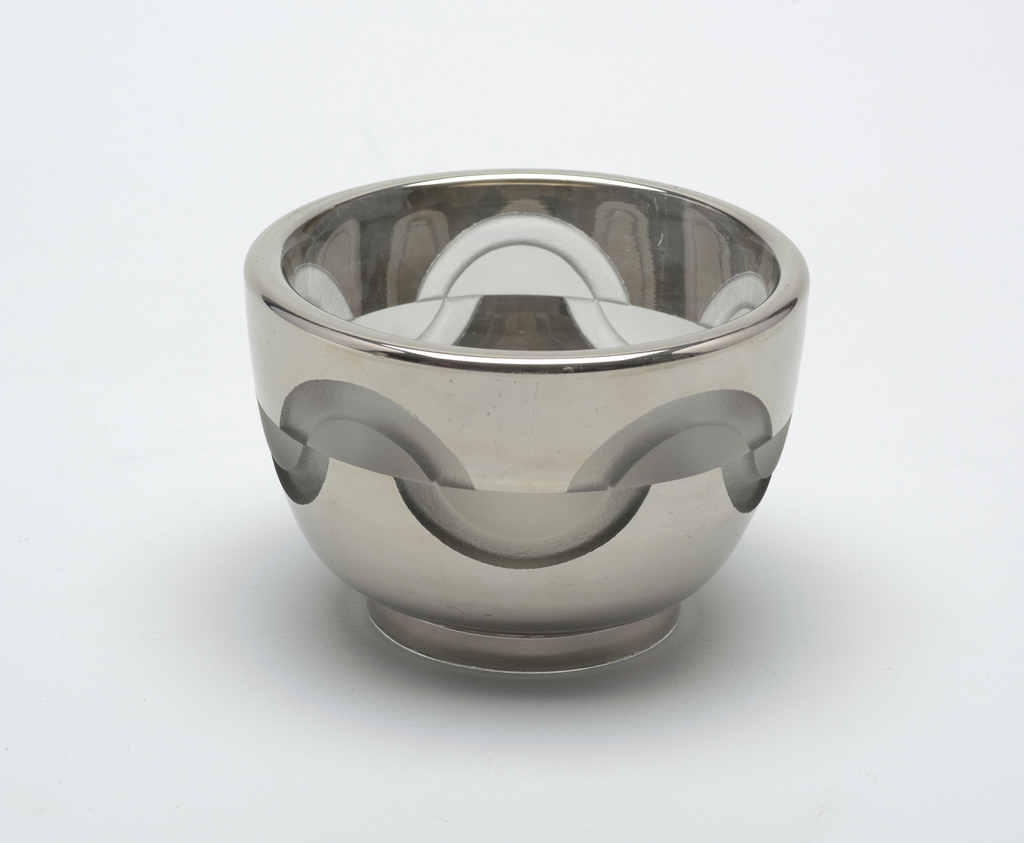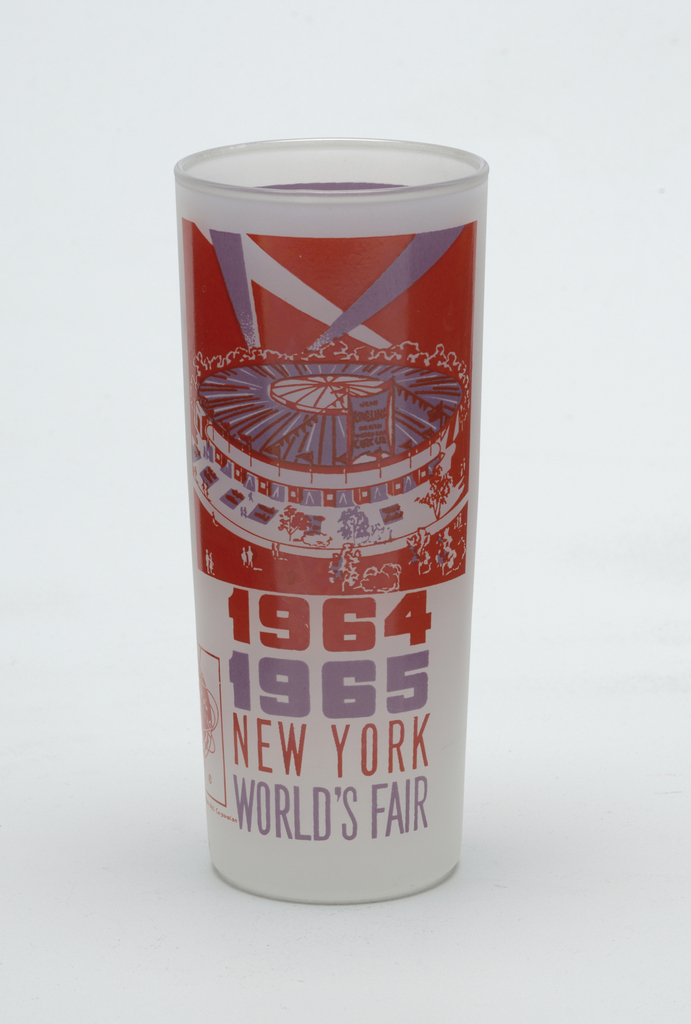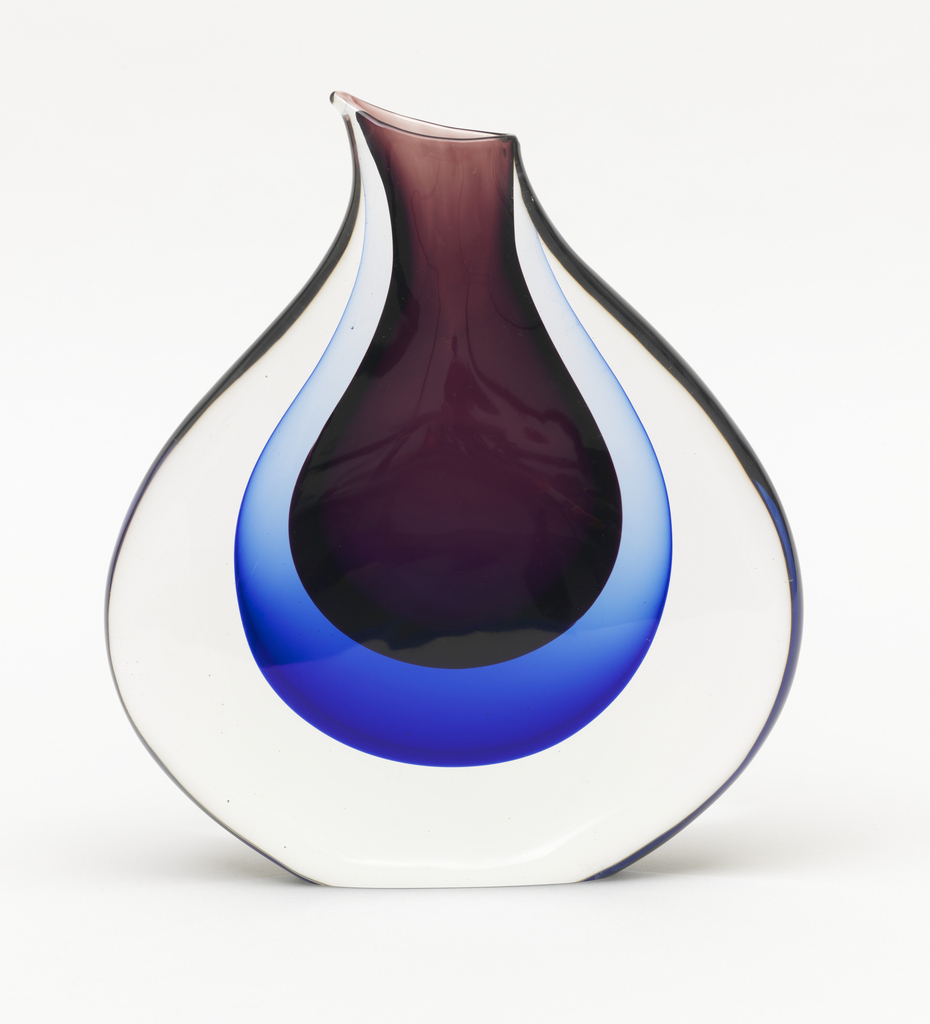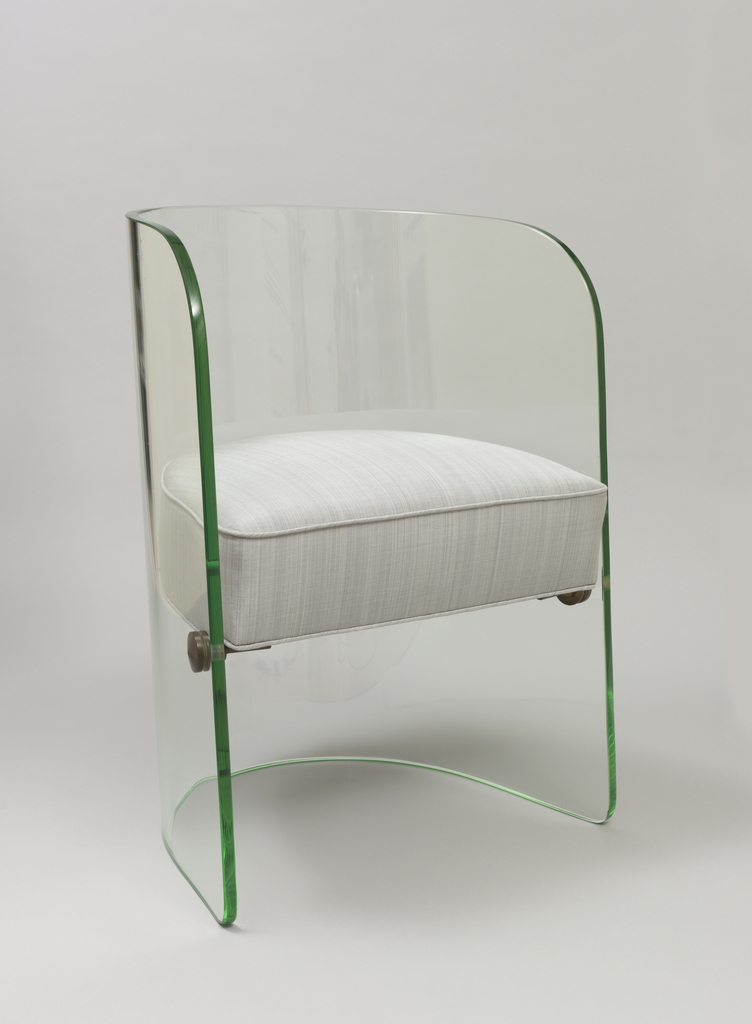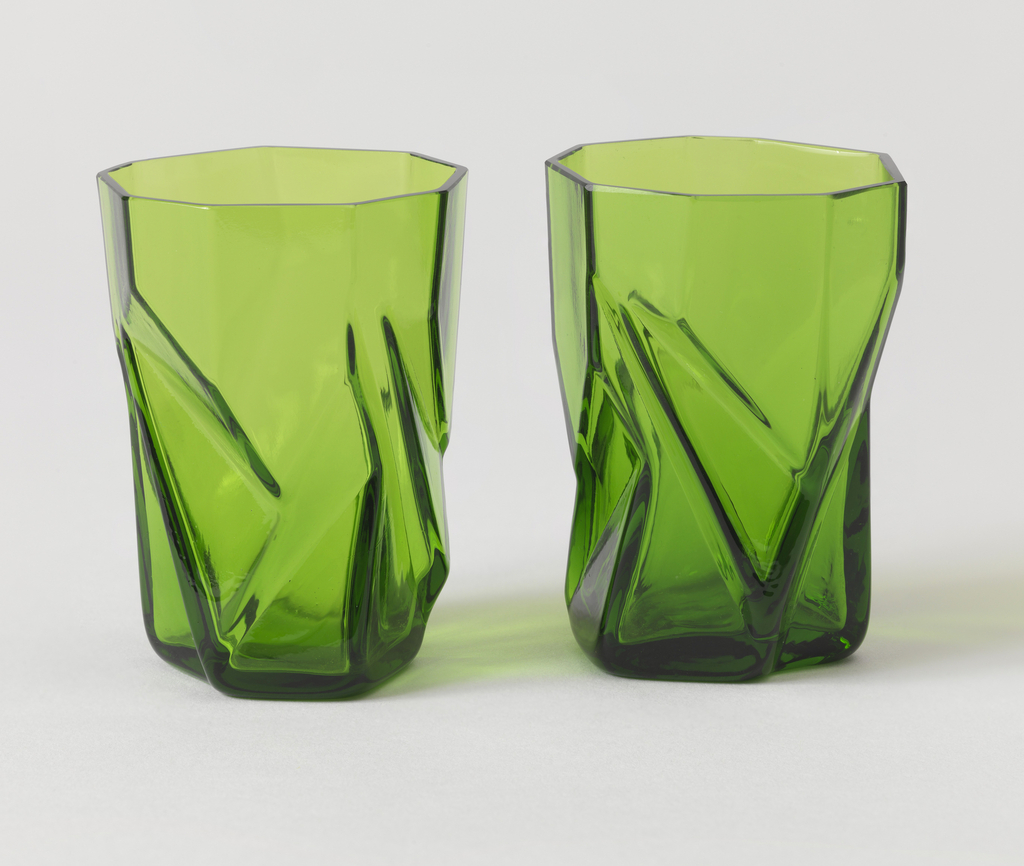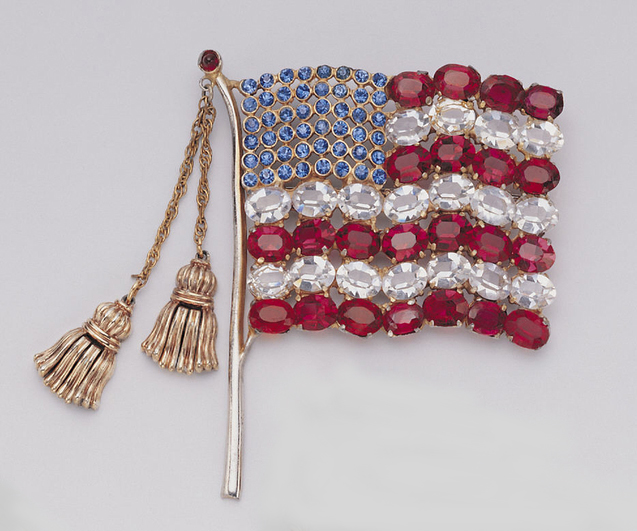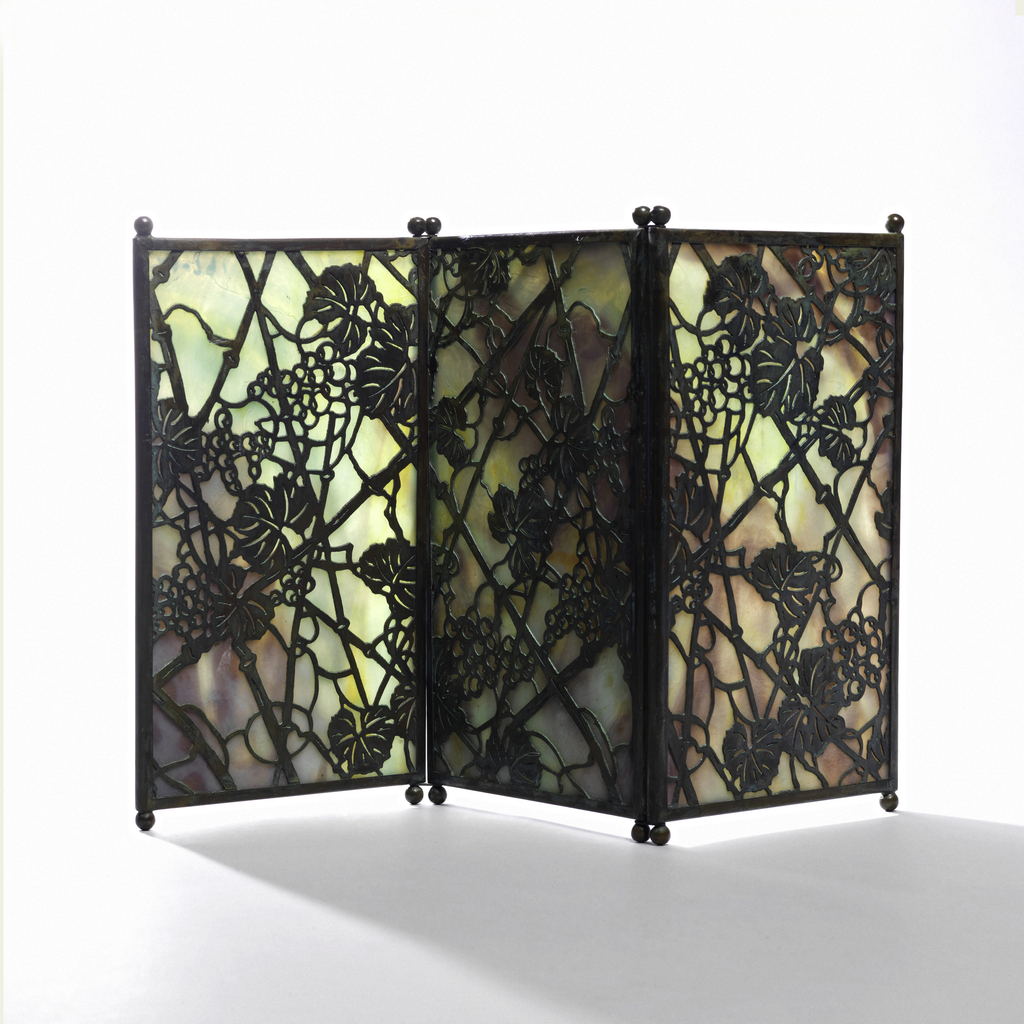The luminous iridescent shades of blue in this 8 ¼ inch tall vase are breathtaking. The neck’s chevron pattern resembles the “rippled” and “feathered” glass in Tiffany’s stained glass windows and famed lamps. This shade of blue is similar to the “aurene blue” created by Steuben Glass Works by 1904 and can be seen in a vase , also...
The father of the English Arts & Crafts Movement William Morris once stated, “Have nothing in your house that you do not know to be useful, or believe to be beautiful.” This maxim surely included the office, and Morris would most certainly have approved of this six-piece desk set by Louis Comfort Tiffany, a perfect...
This sweet little glass bowl evokes the shining, art deco optimism of the 1930s. Designed by Jean Luce and exhibited at the 1937 Exposition Internationale des Arts et Techniques dans la Vie Moderne, it speaks to the period’s interest in democratic materials and tells a story of increasing simplicity of form and decoration in design....
The World’s Fair of 1964-65 was the third major international exhibition to be held in New York City. The Fair was held in Queens’ Flushing Meadows Corona Park, the same site as the 1939-40 World’s Fair. The theme of the Fair was “Peace Through Understanding”, and it was dedicated to “Man’s Achievement on a Shrinking...
Although this vase exemplifies a mid-twentieth century organic style of modernism, it comes from a glass factory with a long tradition of using historical production techniques, located on the island of Murano in Venice, Italy, an important glass-blowing center since the middle ages. In the mid-nineteenth century, Italian lawyer Antonio Salviati developed an interest in glass after...
More than 44 million people attended the New York World’s Fair in 1939 and two of the many exhibits that visitors would have enjoyed were the Glass Center, a pavilion that marketed glass as the material of the future, and the Town of Tomorrow, a faux suburb of model homes that included the House of...
Introduced at the 1928 Pittsburgh Glass and Pottery Exhibit, designer Reuben Haley’s Ruba Rombic forms epitomize the geometric style and ideals of American Art Deco. The Art Deco style, popularized by the 1925 Exposition Internationale des Arts Décoratifs et Industriels Modernes in Paris, which likely also inspired Haley, is often characterized by jagged lines and...
Patriotic jewelry is a term for works that are inspired by national symbols like flags or their colors. In the United Sates, the American flag, “Old Glory,” along with the American eagle and Uncle Sam, have been among the most popular motifs. While patriotic jewelry in both precious and non-precious materials has been around at least...
This glass screen was designed by Louis Comfort Tiffany, an American artist and designer most well known for his work in stained glass. Tiffany is well known for originating a type of marbleized iridescent art glass, known as Favrile glass. Favrile was an adaptation of the Old English word febrile, meaning “hand wrought.” Tiffany’s iridescent surfaces...
